Newent, Gloucestershire
Up to 1834
A parliamentary report of 1777 recorded parish workhouses in operation at Newent for up to 150 inmates, at Dymock for up to 30.
A new parish workhouse was erected on the north side of Ross Street in Newent in around 1804.
A building now known as Church House, located on the Causeway in Redmarley D'Abitot, served as a parish workhouse from the late 18th century until circa 1835. It was subsequently used as a private house, village bakehouse and then as a post office. After falling into disrepair, it was restored in the 1970s and is again a private residence.
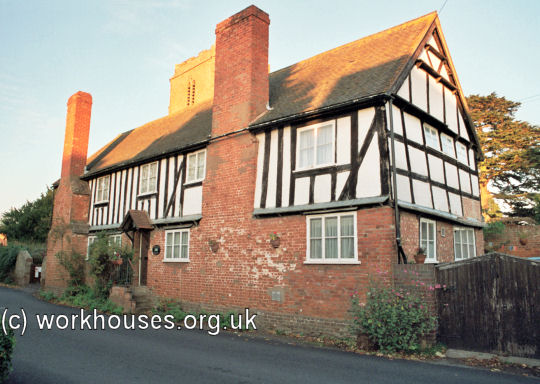
Former Redmarley D'Abitot workhouse, 2004.
© Peter Higginbotham.
After 1834
Newent Poor Law Union was officially formed on 23rd September 1835. Its operation was overseen by an elected Board of Guardians, 25 in number, representing its 18 constituent parishes as listed below (figures in brackets indicate numbers of Guardians if more than one):
County of Gloucester:
Bromsberrow, Corse, Dymock (2), Hartpury (2), Highleadon, Kempley, Newent (4), Oxenhall, Pauntley, Preston, Rudford, Taynton, Tibberton, Upleadon.
County of Hereford:
Aston Ingham, Linton (2).
County of Worcester:
Red Marley D'Abitot (2), Staunton.
The population falling within the union at the 1831 census had been 11,049 with parishes ranging in size from Preston (population 79) to Newent itself (2,859). The average annual poor-rate expenditure for the period 1833-35 had been £5,093 or 9s.3d. per head.
The new union took over the existing workhouse premises on Ross Street qhich required some adaptions. On 2nd February 1836, the Board of Guardians agreed to place advertisements for two weeks in the Gloucester Journal and Gloucestershire Chronicle "for tenders to alter and repair the Newent parish workhouse agreeably to the plans and specifications which may be seen at the Board Room of the said workhouse." The Poor Law Commissioners authorized the sum of £300 for the works. Vagrant cells were added in 1883.
The workhouse location and layout can be seen on the 1921 map below, by which time it had become officially known as the Newent Poor Law Institution.
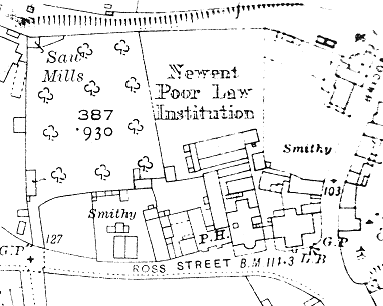
Newent workhouse site, 1921.
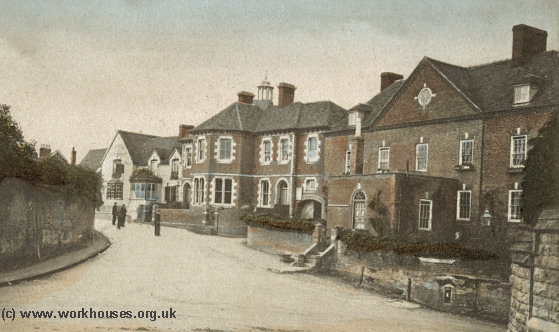
Newent workhouse from the south-east, c.1907.
© Peter Higginbotham.
The central parts of the former workhouse survive and in recent years were used by a variety of local community organizations.
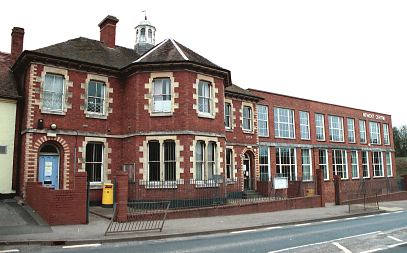
Newent former workhouse from the south-west, 2001.
© Peter Higginbotham.
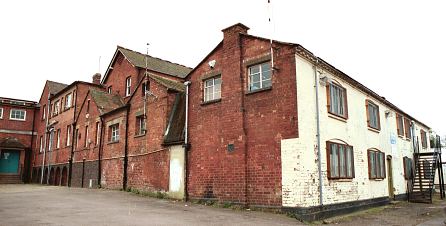
Newent former workhouse from the north-east, 2001.
© Peter Higginbotham.
Staff
Inmates
Records
Note: many repositories impose a closure period of up to 100 years for records identifying individuals. Before travelling a long distance, always check that the records you want to consult will be available.
- Gloucestershire Archives, Clarence Row, Alvin Street, Gloucester GL1 3DW. Holdings include Guardians' minute books (1835-1930); Admissions and discharges (1835-1903).
Bibliography
- Newent Local History Society (2003) Chapters in Newent's history (Newent: Newent Local History Society).
Links
- None.
Unless otherwise indicated, this page () is copyright Peter Higginbotham. Contents may not be reproduced without permission.


